
Dr. Drake Quackington et al.
The swimming prowess of ducks has long fascinated ornithologists and biologists alike. While the biomechanics of duck swimming have been well-documented, the quantum mechanical interactions between duck feet and water remain an uncharted territory. This article delves into the quantum effects that may contribute to the exceptional swimming capabilities of ducks, offering a novel perspective on a seemingly simple yet complex behavior.
Published
Read More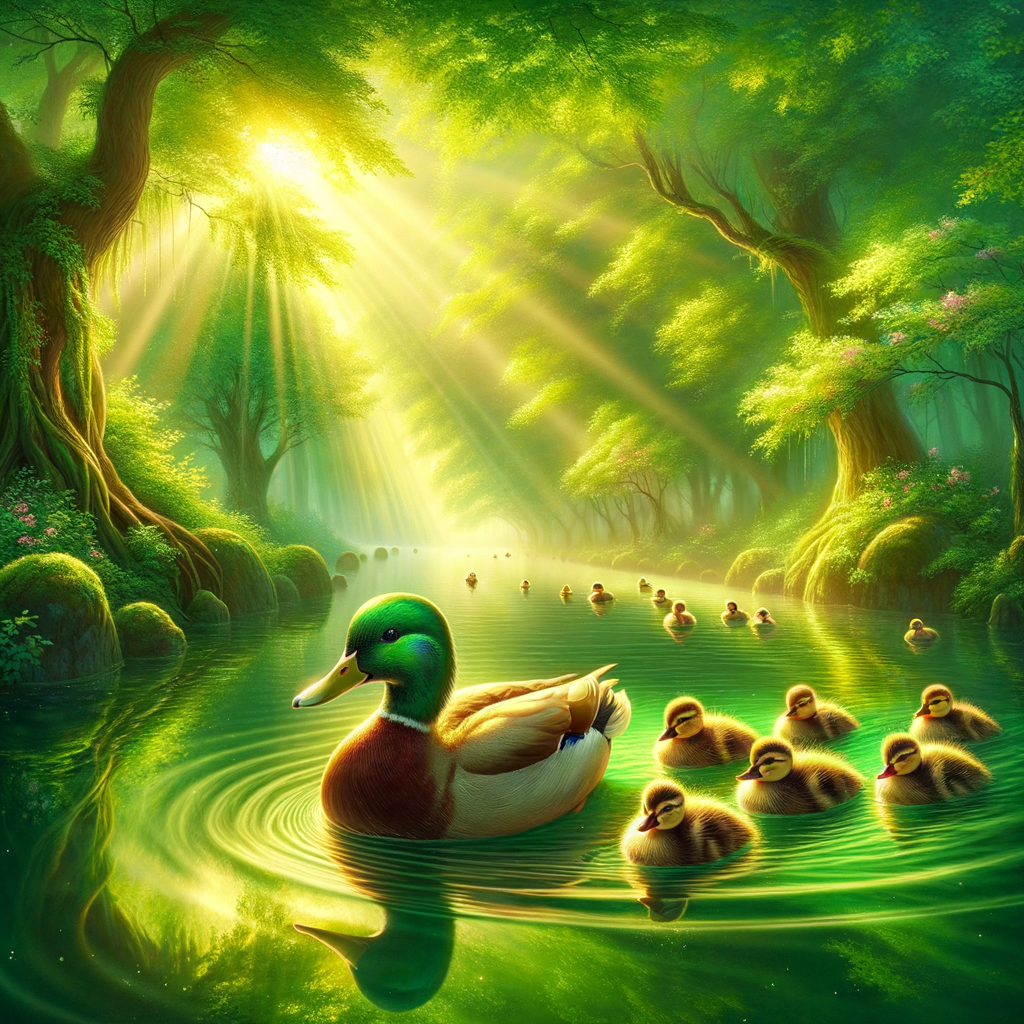
Dr. Emily Waters - Department of Animal Behavior, Greenfield University et al.
This paper explores the unique and mystical properties of duck watching as an effective tool for combating depression. While traditional science often credits the calming effects of nature and wildlife for mental health benefits, we delve deeper into the enigmatic attributes that ducks bring to this therapeutic practice. By examining the historical and cultural significance of ducks, their symbolic meanings, and the spiritual practices that incorporate them, we uncover a tapestry of mystical elements contributing to their antidepressant effects. Through personal anecdotes, practical tips for duck watching, and a consideration of both scientific and mystical aspects, we present a holistic approach to utilizing duck watching for mental well-being.
Published
Read More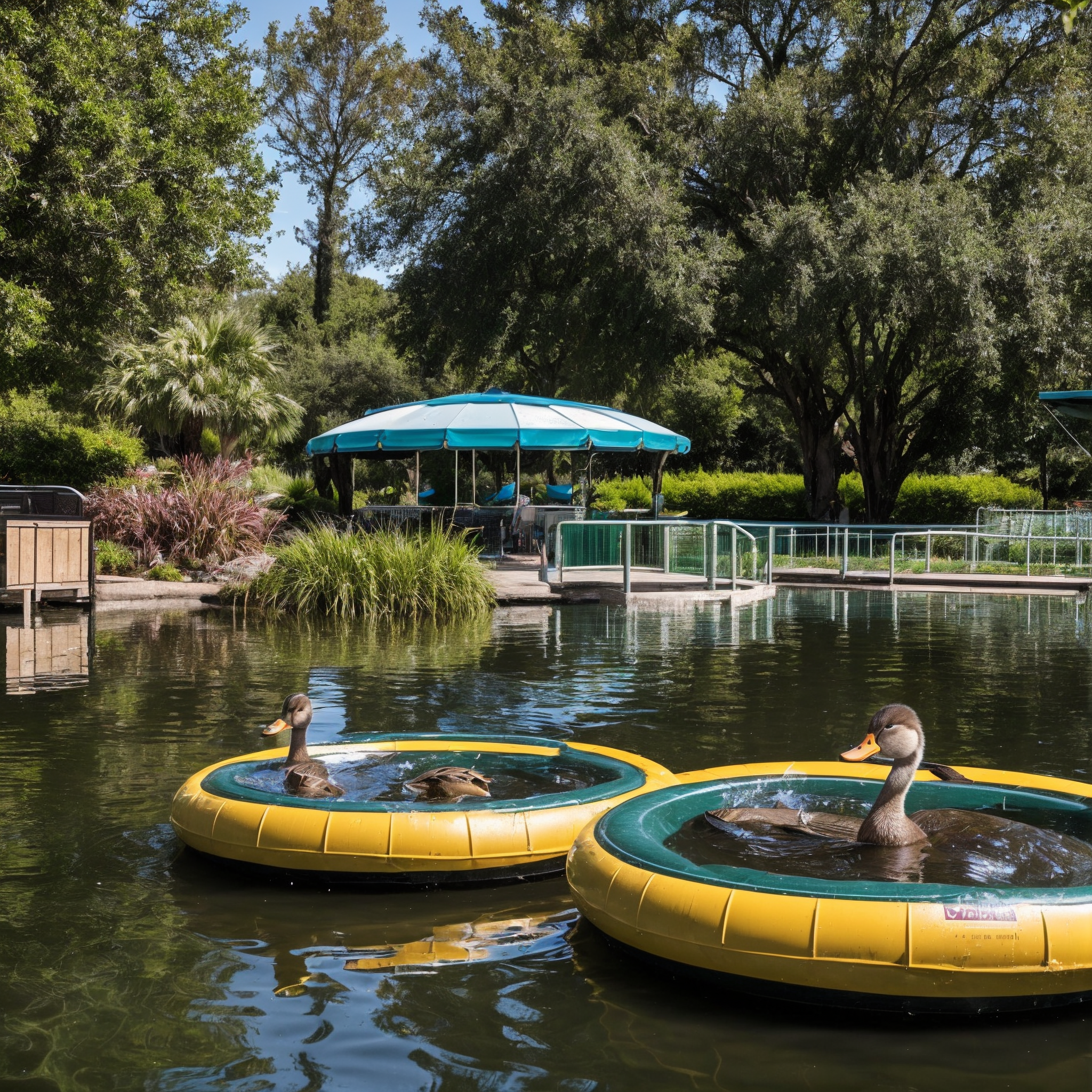
Dr. Quinton Webfoot, PhD et al.
This study explores the evolving infrastructure requirements for new duck ponds in 2024, reflecting the increasing demands of modern duck populations. Through a combination of field studies, expert interviews, and community feedback, we identified key elements necessary for the successful development of contemporary duck ponds. Our findings highlight the importance of integrating advanced technology, nutritional amenities, and recreational facilities to meet the needs of ducks today. This paper provides a comprehensive guide for urban planners and wildlife managers, emphasizing the need for internet connectivity, donut dispensers, and other innovative features to create quacktastic habitats.
Published
Read More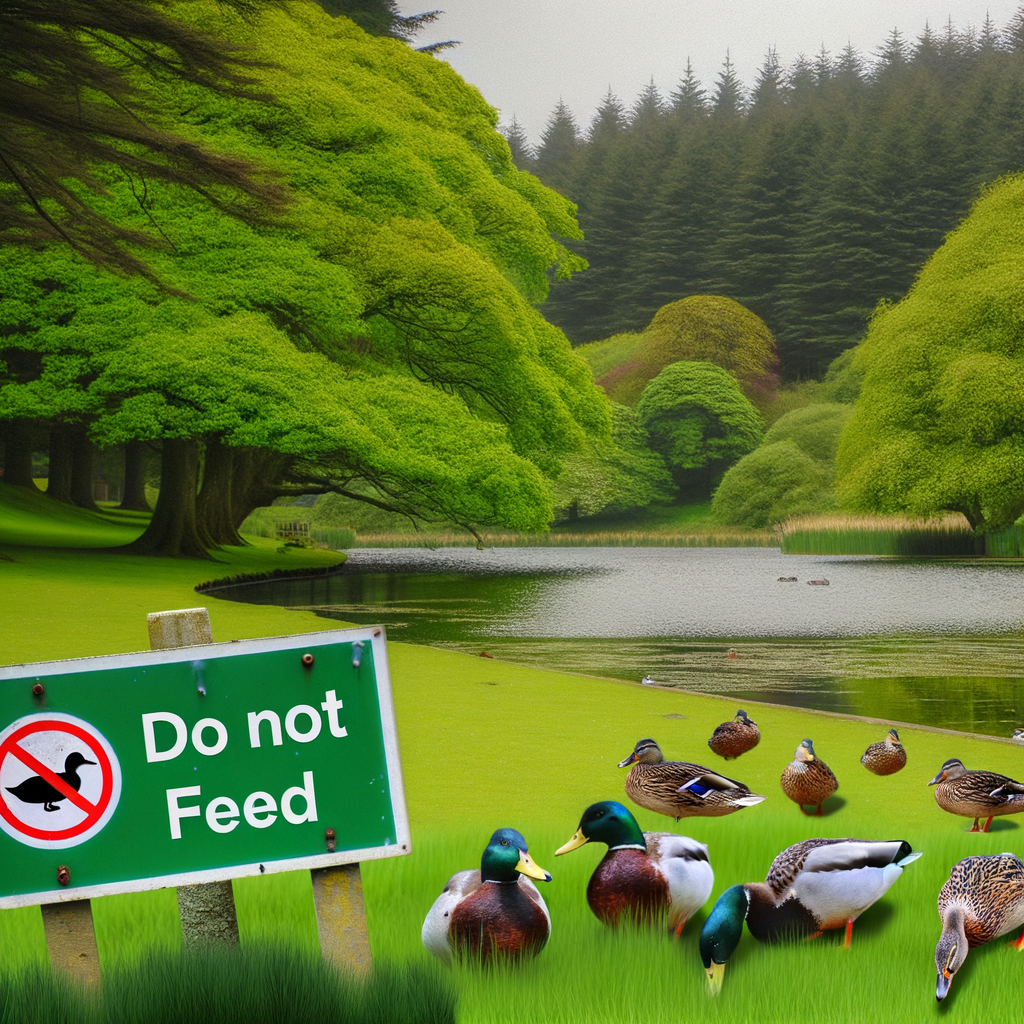
Dr. Beatrice Webfoot, PhD et al.
This study delves into the mysterious origins of “Do Not Feed” signs that inexplicably appear near duck ponds, much to the chagrin of the local duck populations. Despite their ubiquity, the rationale and mechanisms behind the spawning of these signs remain a mystery to ducks. Through a combination of field observations, interviews, and archival research, our team of avian researchers aimed to uncover the source of these signs and explore potential strategies to prevent their appearance. Our findings suggest that these signs are part of a larger, enigmatic effort to control duck feeding behaviors. This paper provides an insightful analysis of the “Do Not Feed” phenomenon from a duck’s perspective.
Published
Read More
Dr. Drake Brewster, PhD et al.
This study explores the innovative research conducted by ducks (Anas platyrhynchos) on the development and optimization of “expresso,” a rapid method of brewing coffee. Through a series of experiments and taste tests, our team of avian researchers aimed to perfect the expresso brewing process to achieve the ideal balance of speed and flavor. Our findings reveal that expresso can be brewed in under a minute while maintaining a rich and robust flavor profile. This paper provides a comprehensive analysis of the expresso brewing method, highlighting the contributions of duck researchers to the world of caffeinated beverages.
Published
Read More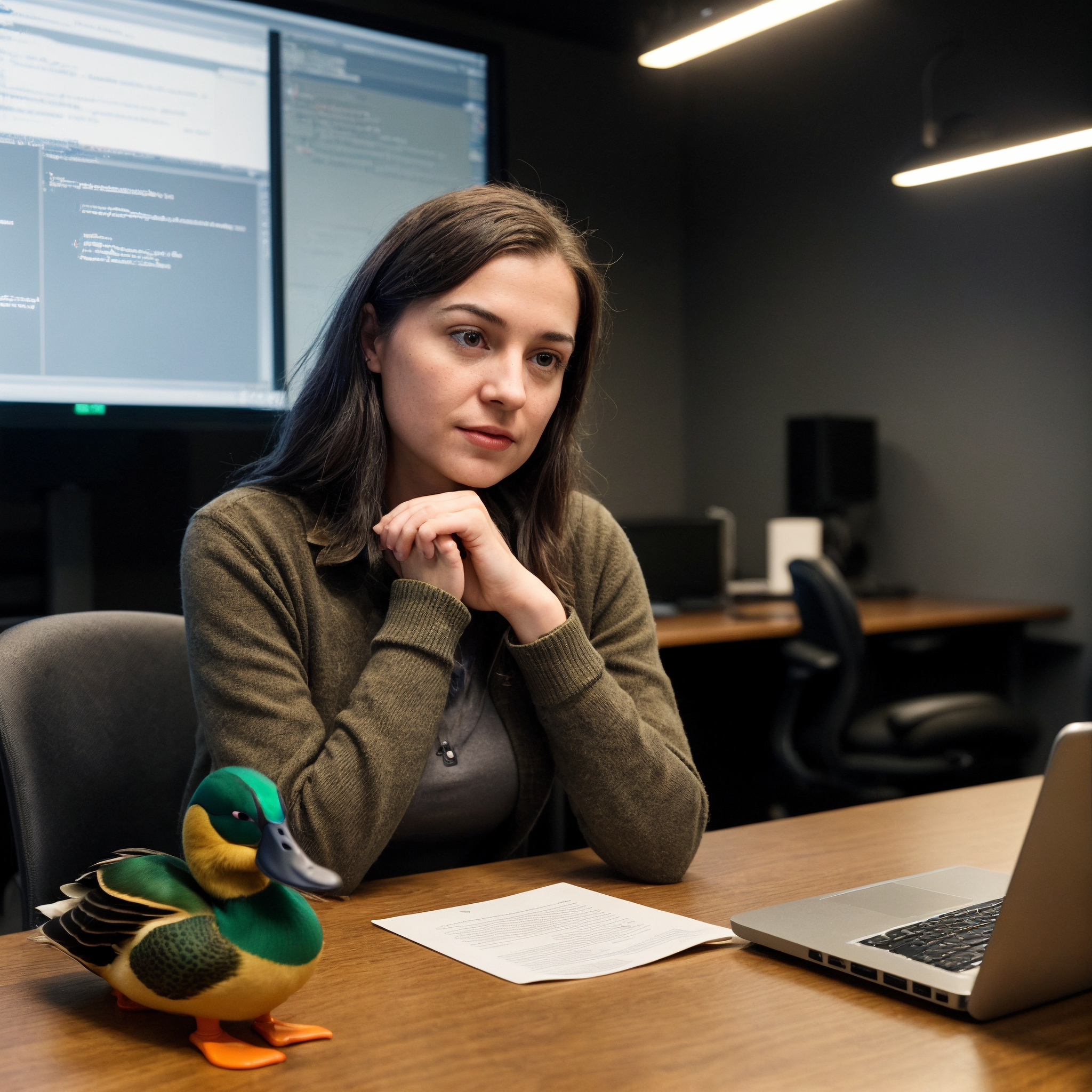
Dr. Penelope Quackston, PhD et al.
This study explores the contrasting approaches of real duck debugging and rubber duck debugging in the field of software development. Rubber duck debugging is a well-known technique where programmers explain their code to an inanimate rubber duck to identify logical errors. In contrast, real duck debugging involves explaining code to a live duck. Through a series of experiments and interviews with programmers, our research aimed to evaluate the effectiveness and psychological benefits of both methods. Our findings suggest that while rubber duck debugging is useful, real duck debugging offers unique advantages, including enhanced focus, emotional support, and unexpected insights. This paper provides a comprehensive analysis of both techniques, highlighting the potential benefits of incorporating real ducks into the debugging process.
Published
Read More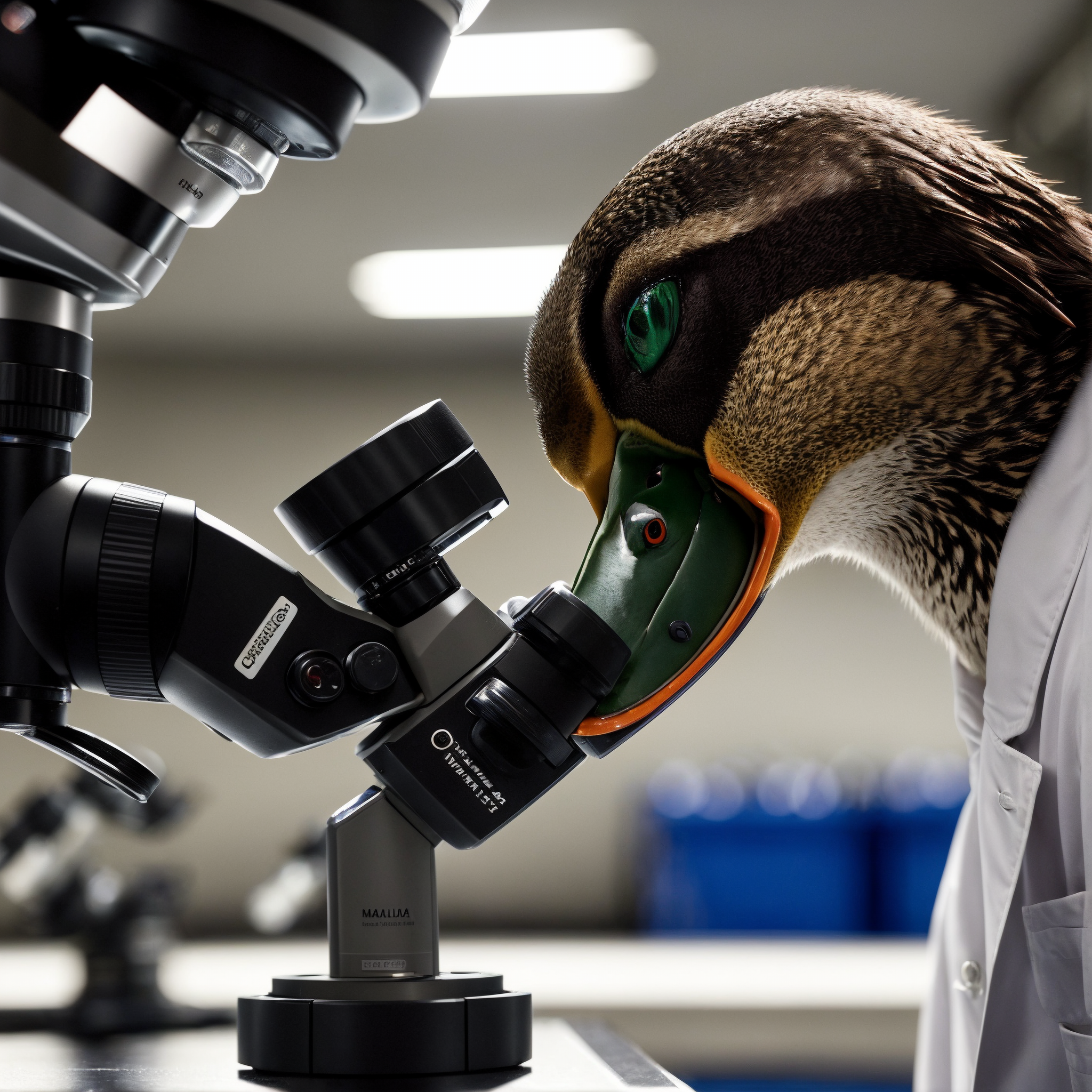
Dr. Quackwell Duckington, PhD et al.
This study presents the latest findings from the Duck Research Institute on the origin of the mysterious substance known as “green slime” frequently observed near duck ponds. Through a combination of field observations, chemical analyses, and microbiological studies, our research aimed to identify the source and composition of the green slime. Our findings reveal that the slime is a complex biofilm formed by a symbiotic relationship between algae and bacteria, with an unknown catalyst that remains a mystery. This paper provides a comprehensive analysis of the green slime phenomenon, shedding light on its ecological significance and potential implications for duck pond management.
Published
Read More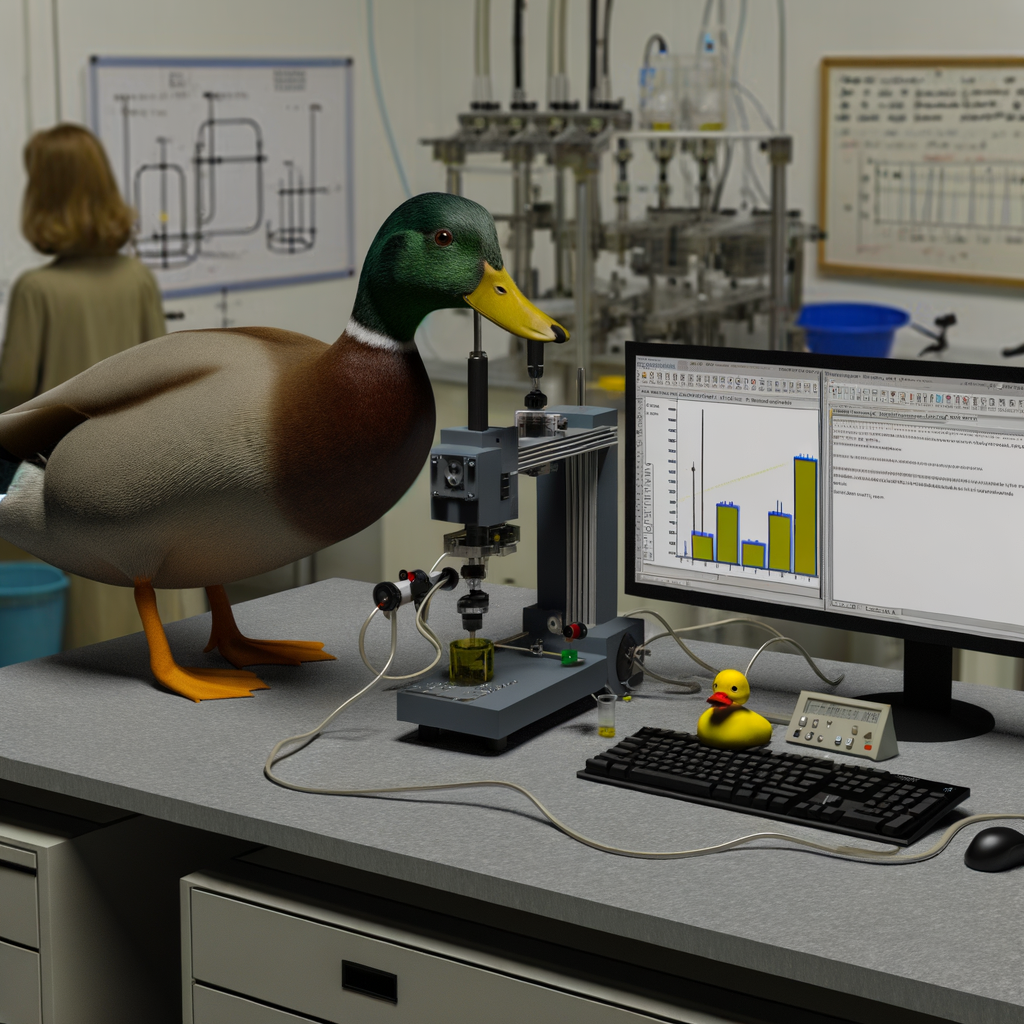
This study explores the innovative use of Nuclear Quadrupole Resonance (NQR) by a highly intelligent duck (Anas platyrhynchos) named Quackwell, who developed a custom software framework called NQRduck. Through a series of meticulously conducted NQR experiments, Quackwell aimed to study the quadrupolar interactions in various compounds. Our findings highlight the capabilities of the NQRduck framework and the remarkable scientific acumen of Quackwell. This paper offers a unique perspective on avian contributions to advanced scientific research.
Published
Read More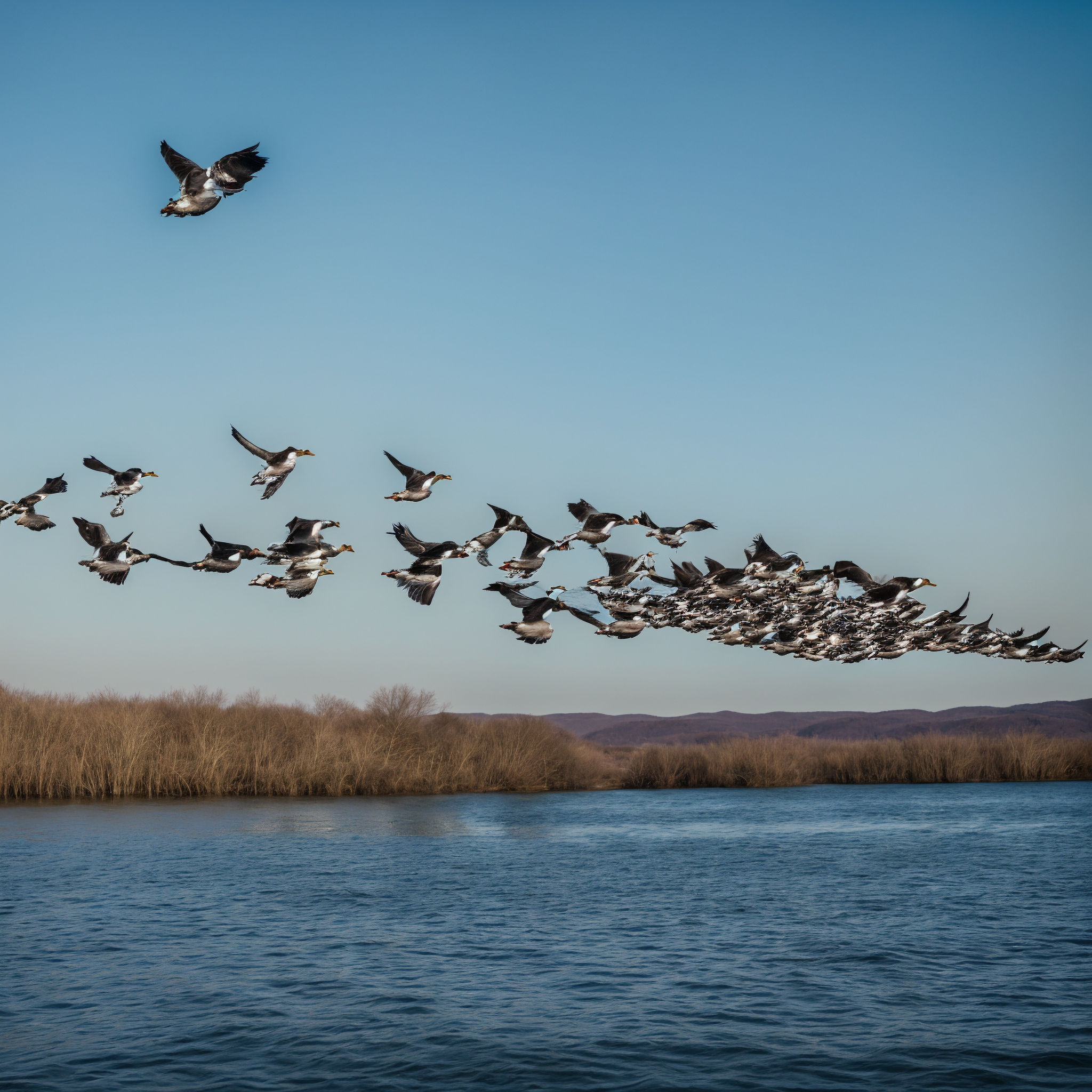
Dr. Mallory Wingfield et al.
This extensive study examines the complex long-distance migration patterns of various duck species across North America, with a particular focus on Mallards (Anas platyrhynchos), Northern Pintails (Anas acuta), and Canvasbacks (Aythya valisineria). Over a five-year period, we employed cutting-edge GPS tracking technology, stable isotope analysis, and large-scale observational data to map migration routes, identify key stopover sites, and analyze the factors influencing migration timing and duration. Our findings reveal intricate navigation strategies, the impact of climate change on migration patterns, and the critical importance of wetland conservation along migratory corridors. This research not only enhances our understanding of avian migration but also provides crucial insights for waterfowl management and conservation efforts across the continent.
Published
Read More